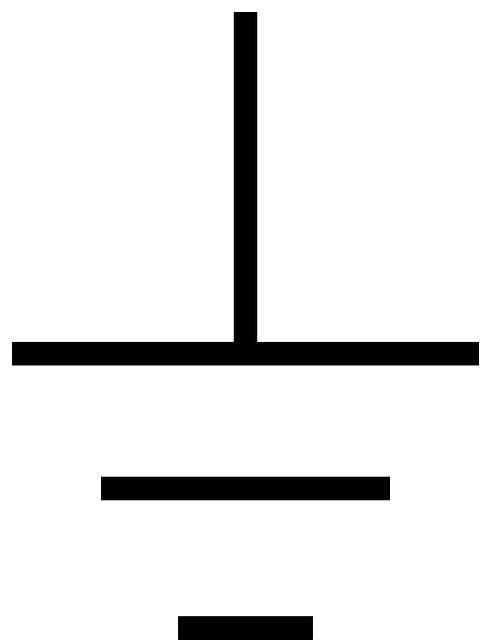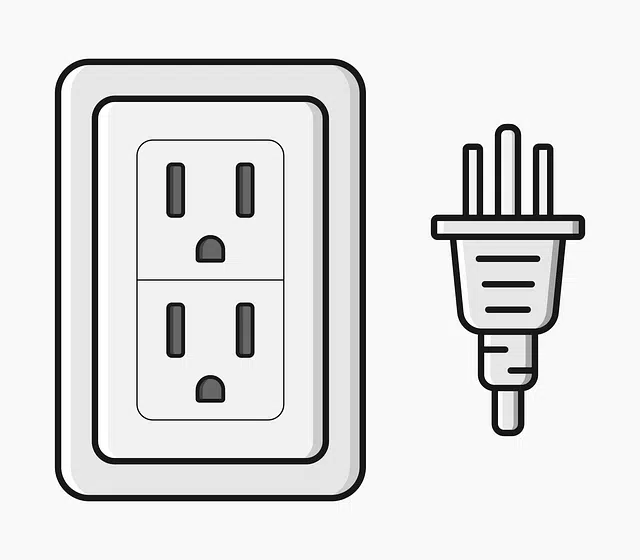
Grounding is a safety mechanism in electrical installations.
Grounding is a safety mechanism that is part of electrical installations and consists of conducting any current deviations towards the earth , preventing the user from coming into contact with electricity .
This means that a certain sector of the facilities is linked, through a conductor, to the ground so that, in the event of an unexpected current derivation or a failure of the insulation, people are not electrocuted upon coming into contact. with the devices connected to said installation.
Ground wire, ground well or grounding connection are other names given to this connection, which began to be used in the 19th century. Specifically, it began to be used when the use of telegraph systems spread.
Grounding installation
When starting up a grounding installation, it must be taken into account that two fundamental elements must be available: the ground, which is the ground where the relevant energies or electricity will be dissipated, and the grounding. This connection or installation, for its part, is made up of the electrodes or javelins, the grounding terminals, the link line with the ground and, finally, the protective conductors.
Also called grounding or grounding , grounding involves the use of a piece of metal that is buried in the ground and can even be connected to the metal sectors of a structure . Through an insulating cable , this piece of metal is connected to the electrical installation and, through the sockets, to the devices connected to electricity. Grounding also includes the use of a differential switch that is responsible for opening the electrical connection by registering a current flow to the ground.

With grounding, any deviations of electrical current are conducted towards the earth, preventing people from being electrocuted.
Dissipate the current
The earth is, in short, a surface that can dissipate the electric current it receives. What we call grounding consists of a mechanism that has buried metal parts (called javelins , spikes or electrodes ) and conductors of different kinds that link the various sectors of the installation.
Lightning rods , for example, work with a grounding system, conducting the discharge towards a ground of low resistance.
Types of grounding
In addition to everything explained so far, we cannot ignore the fact that there are three different types of grounding or grounding:
1- DC ground system . It is the one that occurs in numerous technological devices that are currently part of our lives, such as computer cards, and is identified because it is produced as a difference in the voltages of existing circuits.
2- Alternating current ground system . It is the one that is most widely known and the one that occurs due to the difference in voltages in buildings and constructions of different types.
3- Electrostatic ground system . The interrelation between the load of a container and its fluid is what causes this.
